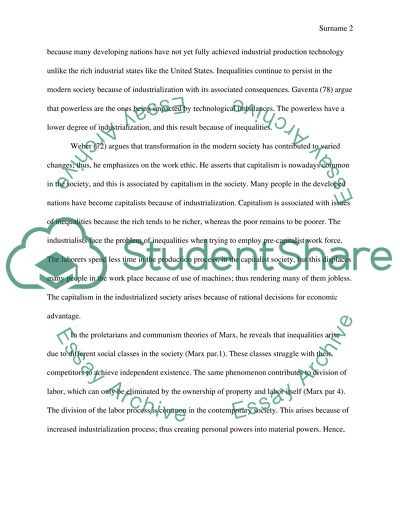Cite this document
(“Relationships Between Inequality and Industrialization Research Paper”, n.d.)
Relationships Between Inequality and Industrialization Research Paper. Retrieved from https://studentshare.org/politics/1461180-essay-question
Relationships Between Inequality and Industrialization Research Paper. Retrieved from https://studentshare.org/politics/1461180-essay-question
(Relationships Between Inequality and Industrialization Research Paper)
Relationships Between Inequality and Industrialization Research Paper. https://studentshare.org/politics/1461180-essay-question.
Relationships Between Inequality and Industrialization Research Paper. https://studentshare.org/politics/1461180-essay-question.
“Relationships Between Inequality and Industrialization Research Paper”, n.d. https://studentshare.org/politics/1461180-essay-question.


